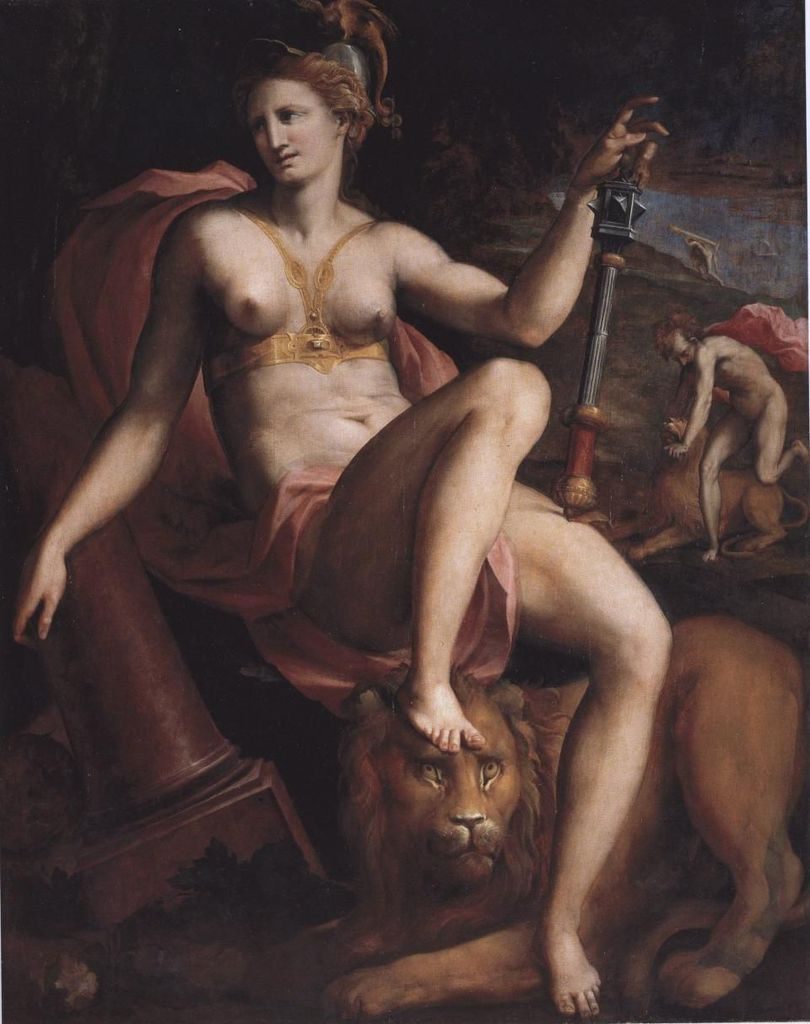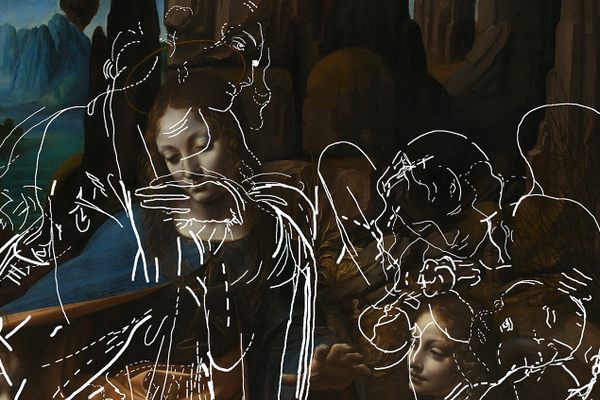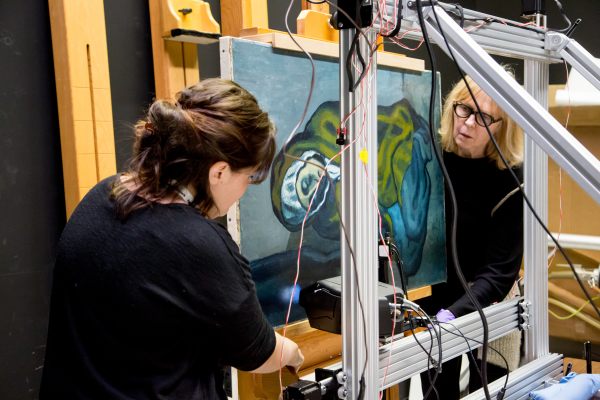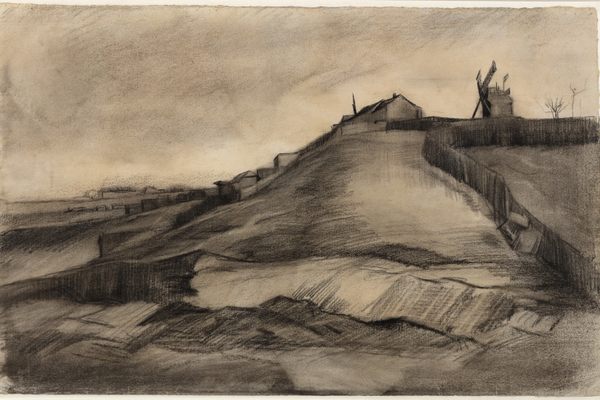Found: The Earliest Depiction of Breast Cancer, in Renaissance Paintings
The disease may have been relatively common in the 16th century.

Cancer is often considered a disease of modernity, fueled by our longevity, and dietary and lifestyle choices. But recent studies have shown that it has plagued us for a very long time. To learn more about the prevalence of breast cancer in the past, a team of oncologists led by Raffaella Bianucci of the University of Warwick, studied breast iconography throughout art history to look for evidence of the disease.
Their work, published this month in the journal The Lancet Oncology, has led to the identification of the earliest known pictorial depictions of breast cancer.
Signs of the disease were found in the oil panel transposition of Michelangelo’s statue The Night, painted by Michele di Rodolfo del Ghirlandaio (also known as Michele Tosini), a Florence-based exponent of Italian mannerism, in the 16th century. The left breast of the female subject appears smaller then the right one, and shows signs of nipple retraction. According to the authors, this is suggestive that she had the disease.
The team found further signs in another Renaissance painting, The Allegory of Fortitude, by fellow Florentine Maso da San Friano (1531–1571). In this case, the female figure appears to have a tumor that broke through the skin, with evidence of swollen tissue around the nipple. “These features are consistent with those of an ulcerated, necrotising breast cancer and associated lymphoedema,” the researchers write.

The fact that both paintings date to the 16th century may not be coincidental. As Bianucci and her colleagues explain in their paper, the Renaissance was marked by important innovations in medical practice—including breast tumor surgery. French surgeon Barthélémy Cabrol (1529–1603), who served at the court of King Henry IV and taught at the University of Montpellier, was one of the first practitioners of mastectomy, the surgical removal of breasts.
However, radical mastectomy, or the complete removal of a breast, was rare, for a variety of reasons, including the lack of general anesthesia and aseptic techniques—and the fact that breasts were considered a symbol of femininity and many male surgeons found the practice inhumane.
The authors posit that the depiction of breast cancer in these early and late Renaissance paintings was intentional, which may prove that the disease was relatively common at the time.
















Follow us on Twitter to get the latest on the world's hidden wonders.
Like us on Facebook to get the latest on the world's hidden wonders.
Follow us on Twitter Like us on Facebook